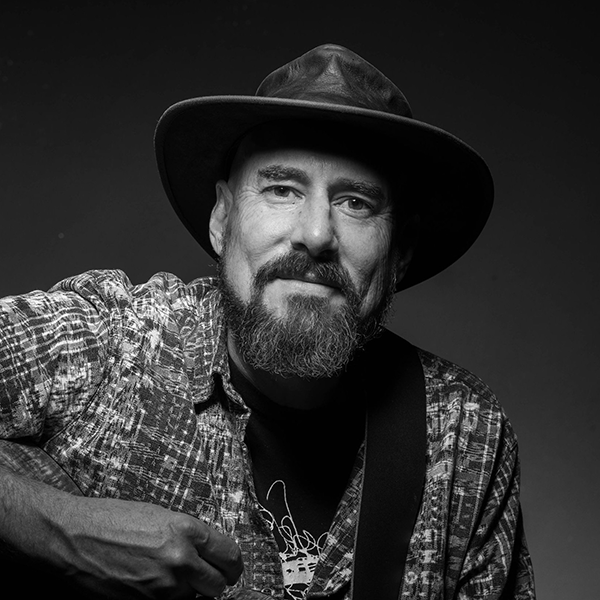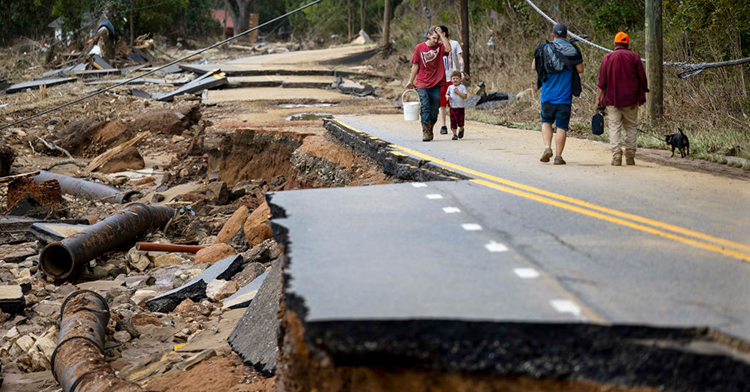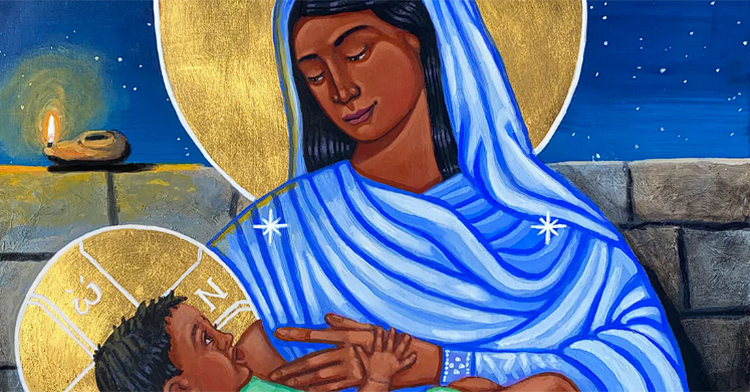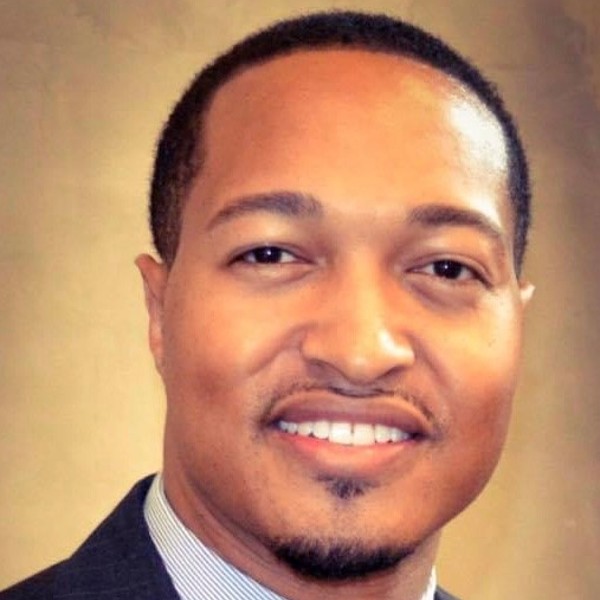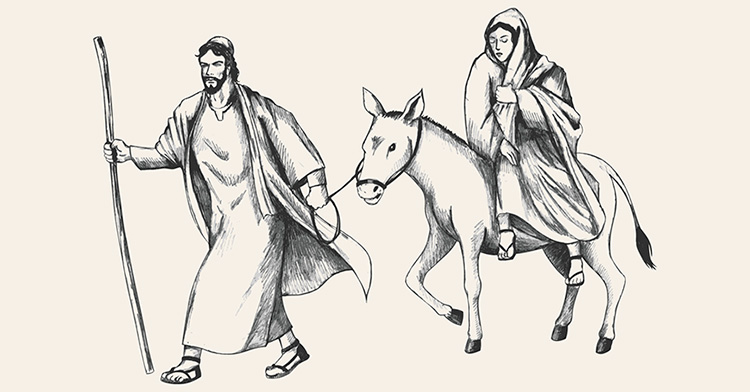“What do you see?”
That was the question I posed last year during the Advent season. Now, as Advent begins again, I’m still curious: What do you see?
May I be honest with you? I see fatigue. I see lament. I see exhaustion.
Despite our collective greatest hopes, I see a community that is still living through a pandemic that none of us anticipated would ever last this long.
What do you see? I see congregations that have reopened but church leaders who still hold their breath week to week praying there’s no COVID-19 outbreak. I see communities arguing over whether we should be vaccinated. I see people with masks in their glove compartments, pocketbooks and briefcases — wearied by the mundane duty of masking up daily after nearly two years of this new normal.
I see pastors who pivoted to prerecording services and preaching to empty sanctuaries now pivoting once again to meet the needs of our current moment, reengaging physical touch points with congregants.
What do you see? I see people rushing to business-as-usual, hoping that if they behave as though things are safe again, they somehow magically will be.
In the words of public health epidemiologist Jennifer Nuzzo, articulating the current challenge: “It [the pandemic] doesn’t end. We just stop caring. Or we care a lot less. … I think for most people, it just fades into the background of their lives.”
Yet we can’t simply stop caring. We must continue our vigilance — even in our exhaustion.
You might be thinking that this isn’t a very hopeful picture of where we are as a nation right now.
My response would be, “Look again! Hope is there!” The first glimmer I see is that we are wrestling with different questions than we were this time last year.
For the most part, our doors are back to being open. We have been given the opportunity to be vaccinated. Our children are back in school. The U.S. Centers for Disease Control and Prevention has offered guidelines for safe travel and gathering during the holidays. Many of our congregations now have viable streaming and online options for worship.
Beloved, we are in a different place than we were 12 months ago. I see hope!
I see hope alongside our troubled hearts. I see duality. We’re exhausted because we’ve endured much, yet we’re hopeful because we’re still here. We’re hopeful because we’ve learned a lot about ourselves and we’ve seen that we have the capacity to adapt. We’ve proved that we can change. And that realization can bring hope to our wearied souls that we can still expect something better, even in times like these.
Beloved, we are in a different place than we were 12 months ago.
Dietrich Bonhoeffer put it this way in a Christmas sermon delivered Dec. 2, 1928: “The celebration of Advent is possible only to those who are troubled in soul, who know themselves to be poor and imperfect, and who look forward to something greater to come. For these, it is enough to wait in humble fear until the Holy One himself comes down to us, God in the child in the manger. God comes. The Lord Jesus comes. Christmas comes. Christians rejoice!”
So what do I see? I see a nation of leaders troubled in soul yet ready for something more. I see people who have given the best of themselves all year, completely spent yet ready to be wowed by something greater than they are.
We’re troubled in our souls because we’ve been fighting so many battles simply to exist, operating daily in crisis management mode. We’re troubled in our souls because the physical and spiritual well-being of those we serve is directly connected to the public health and public safety decisions that we make.
We’re troubled in our souls because we’ve been putting out fires, working through vacations, juggling back-to-back Zoom meetings, home-schooling our kids, skipping date nights, performing virtual pastoral care, testing ourselves regularly for fear of spreading the virus, comparing the decisions we make with the decisions our colleagues make in their contexts, and so much more.
We’re troubled in our souls because more than 770,000 Americans have lost their lives to COVID-19, and more than 5 million people worldwide, and those numbers do not even include people with near-death complications who have survived the initial illness. Those numbers aren’t just numbers. They represent our communities and the people we have lost.
If we are honest, we must name our weariness. Yet that very weariness lifts our eyes toward hope. Being troubled in our souls sets us up to receive Advent hope and Advent possibilities more fully. It empties us of false platitudes and requires us to truly opt in to the belief that new possibilities come before us with Christ. Restoration is before us. Healing is before us. Miracles are accessible. Beauty is possible. Newness is possible.
Let us not forget — when our Savior became incarnate in human flesh and was born in a manger, God’s people were troubled in soul. God’s people felt out of options. They had done all they could to fight against empire. They were weary. They needed something greater than themselves. They needed someone to advocate for them.
Christ came in crisis. Never assume that being in crisis means you are apart from Christ. My lived experience tells me that Christ is always present when I’m in crisis.
Can I get a witness?
I experience Immanuel — God with us, God with me — in some of my lowest moments. When I’m at the end of my rope. When I’m trying, as Tupac would say, to make a dollar out of 15 cents. When I’m weary and heavy-laden, Jesus walks into my situation.
This is the character of God. In our despair, God sent God’s son to remind us that we would be delivered from the horrific conditions of our present. God has not forgotten, and God has chosen to fight our battles.
In the midst of a genocide of baby boys, Jesus comes. In the midst of oppressive conditions from empire, Jesus comes. In the midst of Mary and Joseph’s state of housing insecurity, Jesus comes. And with Jesus comes new hope.
So what do you see? I see a society in crisis. I see a people who have collectively exhausted our inner capacity to keep going. But just before we give up, our liturgical calendar reminds us that the Advent season is here. We have something new to look forward to. Christ is coming. Christ is here. New hope and restoration are here. Christmas miracles are here.
What do I see? I see leaders of every race and creed ready to receive Advent hope. I see revival. I see replenishment. But most of all, I see that we have been seen by God. Advent hope is here. Receive it. I still see hope.
Do you?





